
Call of Cthulhu • Trading dungeons for manors and dragons for eldritch abominations
This week I take a break from video games and swap console for textbook, controller for pen, and screen for imagination. Table top RPG’s, or pen and paper role playing games, have recently felt a resurgence in their popularity due to modern celebration of nerd culture and the success of Stranger Things that featured the genre’s most well known iteration, Dungeons and Dragons. This genre of gaming is the ultimate progenitor to modern day video games, serving as the inspiration for what an interactive gaming experience should be like, and how things like player statistics and damage are designed and calculated. Having been introduced to the world of table top RPG’s first by Dungeons and Dragons, I sought out other versions of the similar formula and came across what many experts consider to be the pinnacle of pen and paper games, the 1920s set Call of Cthulhu…
Prepare to die, and use pens, and paper
This review will be geared a little more to those unfamiliar with the genre and its tropes, so it’s necessary to go over the basics of gameplay first. Without bogging down too much in the game’s intricacies, players are first required to build their own character. There is the usual opportunity for player’s to flesh out their characters background as freely and as thoroughly as they would like, some basic stats are rolled for (like luck, naturally), but most have set values that are able to be personally allocated by the player. Here is where the differences in gameplay between the conventional Dungeons and Dragons starts to show – rather than skills and abilities being pre-determined by the player’s race or class, all players are able to personalise their skillset (things like driving a car, analysing textbooks, spotting hidden objects, conducting week-long anthropological research) however they want. This offers players just that much more control over how they want their character to play, increasing enjoyment a little bit more. Following this, characters are dropped into a pre-written campaign guided by a ‘Keeper’ (‘Dungeon Master’) who takes the role of reading action lines, embodying the denizens of the world, calculating damages, and maintaining an overall sense of flow for the group of players. And thus the game really begins…
Players coming from action-oriented video games, or even Dungeons and Dragons may feel the game to be lacking in substance at first due to Call of Cthulhu‘s strong focus on detective work in comparison to combat encounters. As all player characters in game are human, the nature of the gameplay encourages detective work by piecing clues together, sweet-talking, and utilising non-violent paths to avoid danger altogether. There is combat involved occasionally, but since your character is likely a banker or something who has been roped into all this and armed only with a plank of wood against a village full of bloodthirsty cultists, it is unlikely you will survive anything more than a punch to the face. While this may seem like the game is unfairly difficult (and it’s designed to be if you don’t use your head), it certainly makes the game all that more exhilirating knowing that your character is always on the verge of death – something that enhances the horror experience to be had in game.
A world lovingly crafted
Call of Cthulhu takes direct inspiration from its namesake, and often simply recreates the narratives of H.P. Lovecraft in its various pre-written campaigns to be played through. The game also takes a 1920s setting, as is the era of H.P. Lovecraft and his tales, and some figures straight from his books (the city of Arkham, loyal cultists, the big boy Cthulhu himself) that truly makes it feel as though each game you play feels like a brand new, and original Lovecraftian work. This game unequivocally understands its origins, and every aspect of its story and gameplay work on Lovecraft’s key themes in his writing; the ordinary against the extraordinary, madness, and hopelessness.
In one of the beginning campaigns played through, the sentiment of the ordinary against the extraordinary was set up fantastically from the get-go. Player characters were thrust from their ordinary backstories and into the extraordinary at the summon of an old benefactor who informs them that he is the only person able to destory an ancient and vengeful genie, before he dies suddenly via an explosion of blood from his mouth. The ghastly occurence immediately besaddles the players with sanity damage (an adjacent gameplay mechanic to health) that continues to take hits as they fall deeper and deeper into the mystery. The most exciting element in a Call of Cthulhu game is the unlikelihood that the player’s will even ‘win’ the campaign. By the time that players reach the spectre they’ve been teased by all game, many characters will have their sanity metres so low that they won’t be able to even face the big bad without going completely mad – a fate equal to death. Those that do survive the ordeal will find their characters in the next campaign burdened with permanent physical and mental scarring, like phobias and anxieties. By even engaging in the game’s design, you are agreeing to play by Lovecraft’s rules, and that is that humans can never hope to win when they are up against all-knowing cosmic deities.
Make your own little cult!
Usually this is where I’d talk about the elements that enhance the horror’s atmosphere, like graphics, aesthetics, soundtrack, etc. But as this is a pen and paper roleplaying game, it features barely any of those elements. And here is where the cleverest part of the Call of Cthulhu experience comes in – you are completely responsible for those things! While the game’s various textbooks will offer some beautiful illustrations of various beasts and settings, much of the atmosphere is completely dependent on the players involved. The game certainly gives you what you put into it. My first playthrough with friends saw us donning some flapper feathers, beads, suits and ties to drum up the 1920s setting. Think about the lighting situation, will you draw the curtains and light some candles? Or play in the dark with torches? Decorate! Add cobwebs around the house! Put together a playlist to accompany you each step of the way and fill it with some spooky jazz! Also, get animated, it’s a lot more fun when everyone puts on a voice and acts out what they’re doing.
Critical hit!
For all the positives of Call of Cthulhu, the only things that I can ding it for is its slight inaccessibility (though that is certainly a trait of table top RPG’s) due to the density of its rules for unfamiliar beginners. I’d also say that it may become plodding at times if you’re looking for an action-oriented experience, but that comes down to personal taste. But, as long as you have three to four friends, and one of them is willing to take on the workload of learning the game, and you’re keen to test your survival skills and not your tactical skills, then you’re in for an exhilirating and chilling time. I give Call of Cthulhu five out of five Cthulhus.
 (5 / 5)
(5 / 5)
Gaming
Lovecraft Meets Junji Ito in WORLD OF HORROR
WORLD OF HORROR is a cosmic horror roguelite game developed by Paweł Koźmiński and published by Ysbryd Games.
WORLD OF HORROR is a cosmic horror roguelite game developed by Paweł Koźmiński and published by Ysbryd Games. The game is available on macOS, Windows, Nintendo Switch, PlayStation 4, and PlayStation 5. This review will cover the Steam (Windows) version of the game.
You must explore the strange goings on around Shiokawa, Japan. It appears that eldritch forces have influenced the town in incomprehensible ways. So, attempt to comprehend these forces and maintain your sanity to save the town. Plan your investigations, choose between cases, and fight for your life.
There are a few game modes but three difficulty spikes. The easiest is a specific case with some random events. This mode teaches you the basic mechanics of the game. The harder difficulties give you access to an apartment and choices on which case you investigate. Completing objectives earns you customization options for the customized mode.

What I Like About WORLD OF HORROR
Running on GameMaker Studios, the pixelated aesthetic shows influences from Lovecraft and Junji Ito, though the latter more so than the former. WORLD OF HORROR haunts its viewers with its aesthetic, allowing the pixels to evoke those horror legends.
Random generation remains a key feature of the game, with various options and choices giving a massive variety. Your character also has some limited customization to access perks and further development. I will bring up some weaknesses later, but it is surprisingly vast. Adding to this variety, WORLD OF HORROR provides mod accessibility.
The combat allows for a great deal of thought and planning. You select your character’s actions within an action bar and perform the tasks (or combos) to beat an opponent. This JRPG style provides variety in action that makes it engaging and unique.
The random generation and variety make each playthrough different. You might acquire a devastating katana in one playthrough only to bleed out unceremoniously in another.
While not a terrifying gaming experience, WORLD OF HORROR strives to provide an eerie and intense experience. At this, the game is a success. The weird and unnerving collide to invest the player in this strange world.
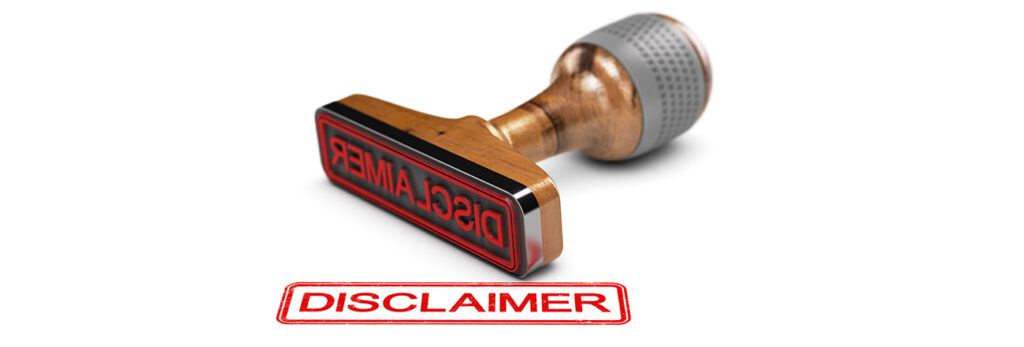
Tired Tropes and Triggers
Body horror deserves a mention, but the aesthetic and pixels doesn’t particularly evoke realism. Regardless, many designs evoke body horror.
Aside from this, here are some points of consideration. First, WORLD OF HORROR uses JRPG turn-based combat, which seems a point of division among some gamers. However, there are enough interesting mechanics and complexities beyond clicking an action and waiting your turn.
Second, WORLD OF HORROR isn’t a cult detective. You’re experiencing events and choosing how your character responds. Some sage wisdom I heard for WORLD OF HORROR is to focus on the whole campaign instead of a single case. Failing a case isn’t a game over, so prioritize your character’s longevity.

What I Dislike About WORLD OF HORROR
Only a few issues hindered my experience. Some scenarios replay on a single case, let alone a playthrough, which becomes repetitive. Some scenarios have multiple solutions to add variety or require perks to access new options, but that’s not always true. This issue makes the randomization taxing at times.
This next issue is likely a bug or an oversight. After losing my reason (sanity), I found myself still able to investigate despite the game claiming that means death. An unrelated event finished me off, but I can’t help but assume this is a bug.
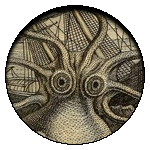
Final Thoughts
WORLD OF HORROR has its quirks but earns massive replay value and surprising depth. It’s a unique and ambitious indie title worth the price. If Junji Ito’s style or cosmic horror is your particular brand of horror, WORLD OF HORROR delivers an experience you’ll likely enjoy. Though this combination synergizes well, few games combine these elements successfully.
Gaming
🎮 Eldritch Automata: Exclusive GenCon 2024 Reveal with Nick Francia!
Step into the mind-bending world of Eldritch Automata as we sit down with Game Designer Nick Francia at GenCon 2024!
Uncover the secrets behind this Lovecraftian mecha-masterpiece and get a glimpse of what’s to come.
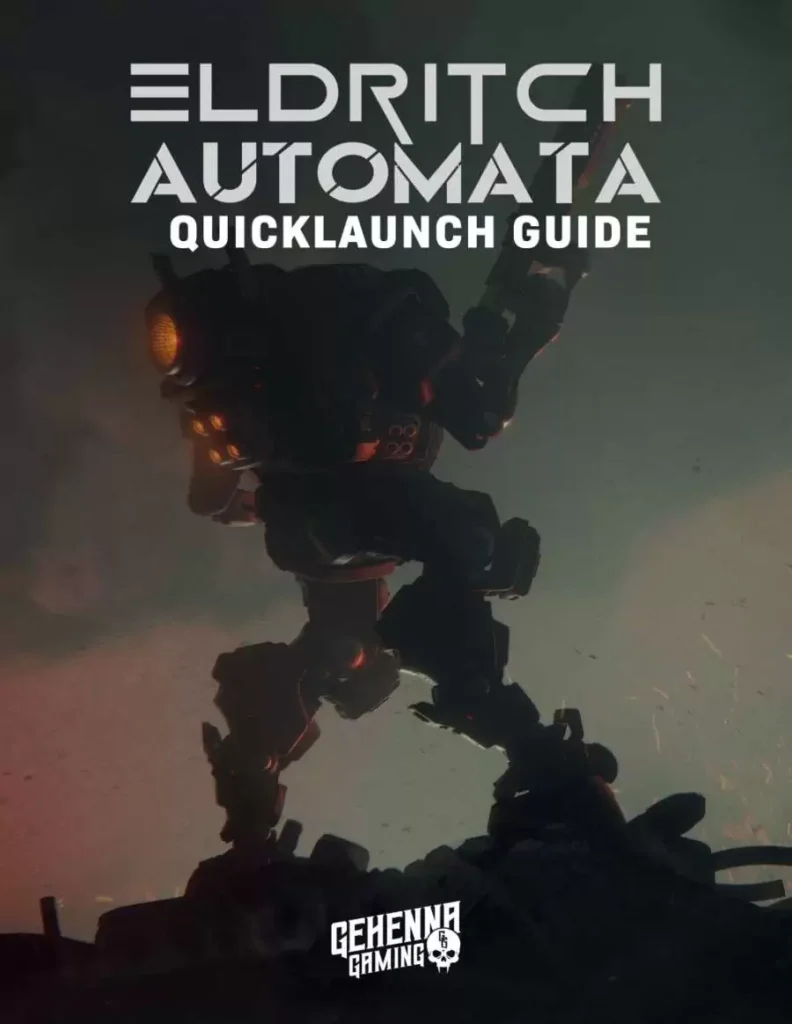
In this exclusive interview, Nick Francia shares:
• The intricate game development process • Inspirations behind the eerie Lovecraftian elements
• Unique mecha-infused gameplay mechanics Calling all Lovecraft fans! Dive into a world where eldritch horrors meet steam-powered marvels.
Eldritch Automata promises an unforgettable gaming experience that will keep you on the edge of your seat.
👉 Ready to embrace the madness? Check out our playable demo at a con near you! #EldritchAutomata #GenCon2024 #LovecraftianGaming #IndieGameDev
Gaming
🎬🎃 House of 1000 Corpses and Halloween II–GAMES!! 🎃🎬 Trick or Treat Studios
Prepare for a spine-chilling experience as Jim Phoenix delves into the shadows with Trick or Treat Studios at GenCon 2024!
In this exclusive interview, we uncover the terrifying secrets behind their latest bone-chilling creations: “House of 1000 Corpses” and “Halloween II” board games.

These games aren’t just about rolling dice – they’re about immersing yourself in the blood-curdling atmosphere of beloved horror films. With unique survival (and kill!) horror mechanics and cooperative gameplay, you’ll feel the terror coursing through your veins with every move!
But wait, there’s more! With the Kickstarter to House of 1000 Corpses shipping soon, we have an in-depth review coming up for that game, Halloween II–AND…Chucky. BOOMMM!!!

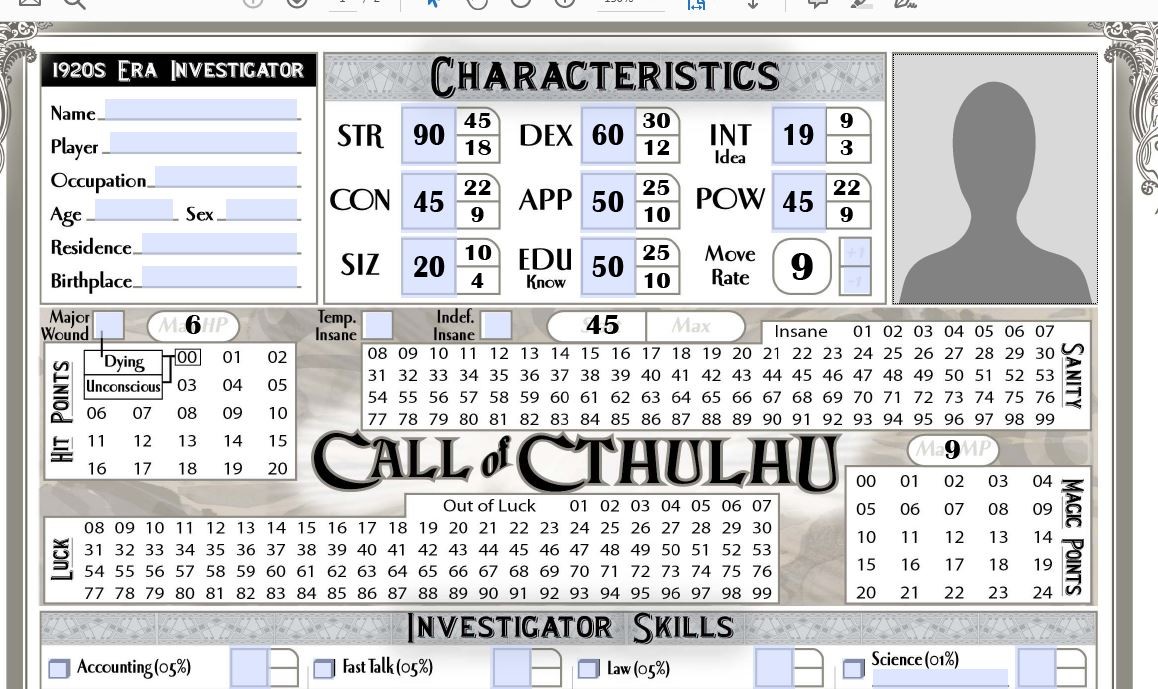
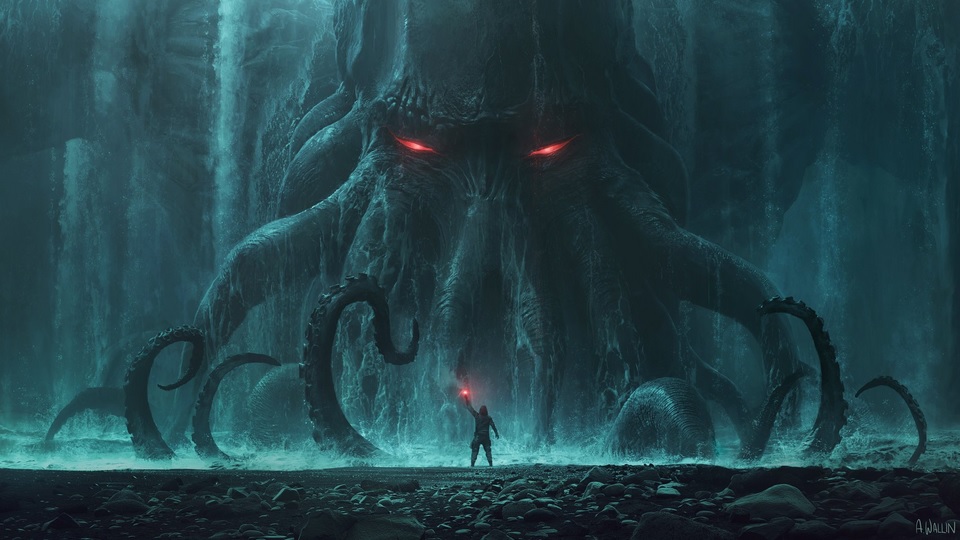
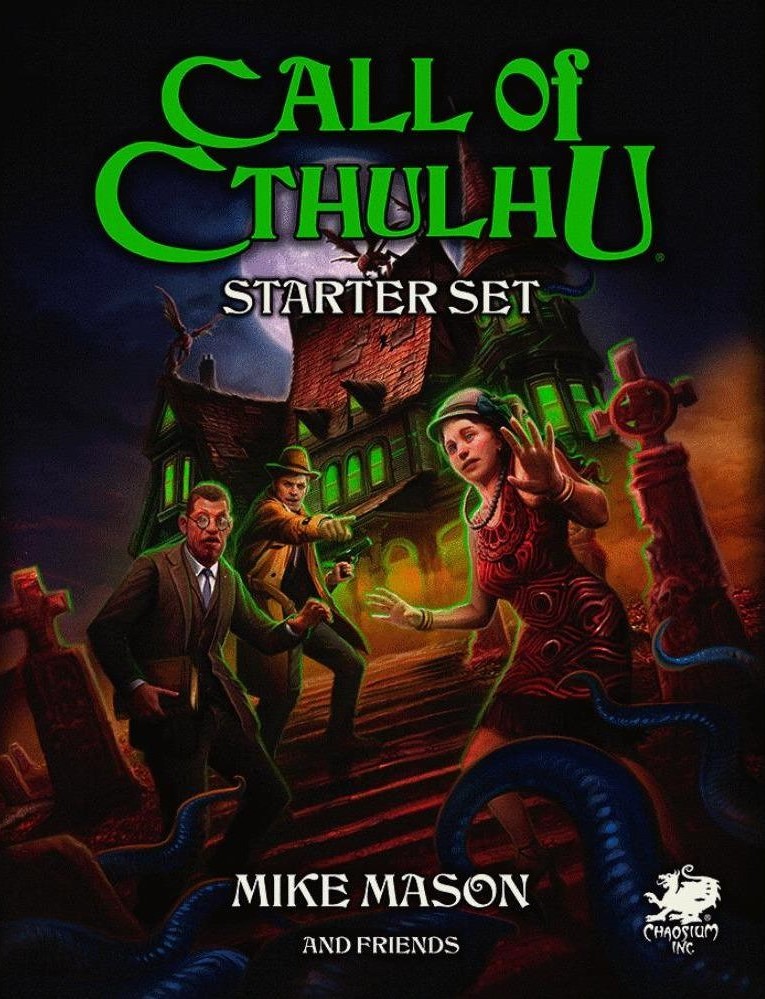
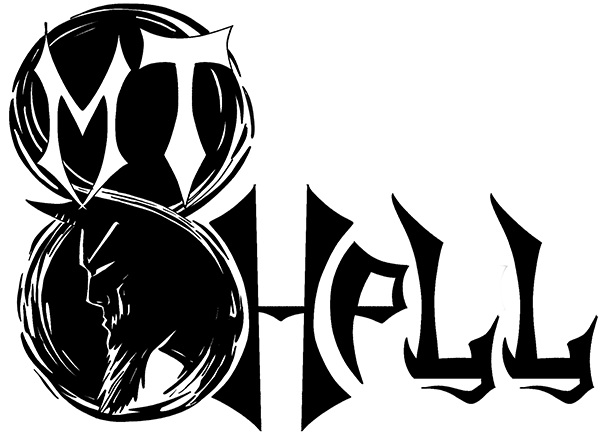
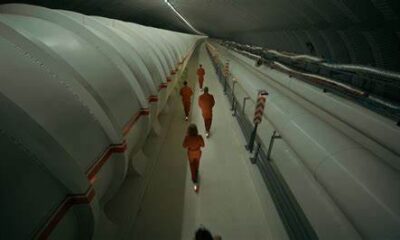

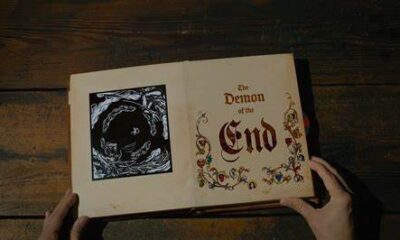



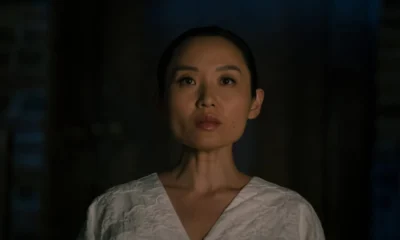





David Davis
April 18, 2020 at 5:23 am
I really want to play a game of Call of Cthulhu. I never have and that is incredibly scary to me.